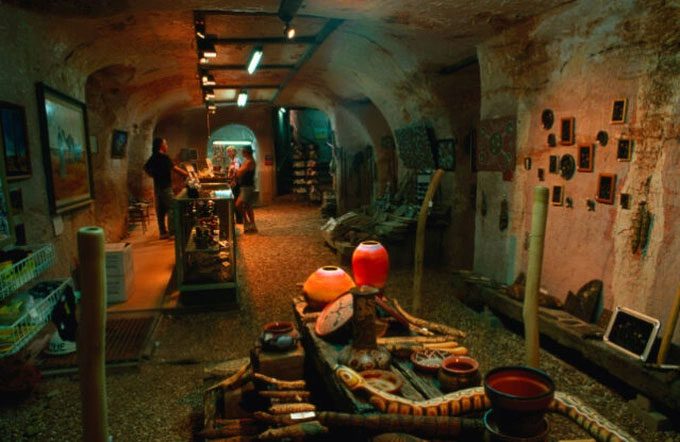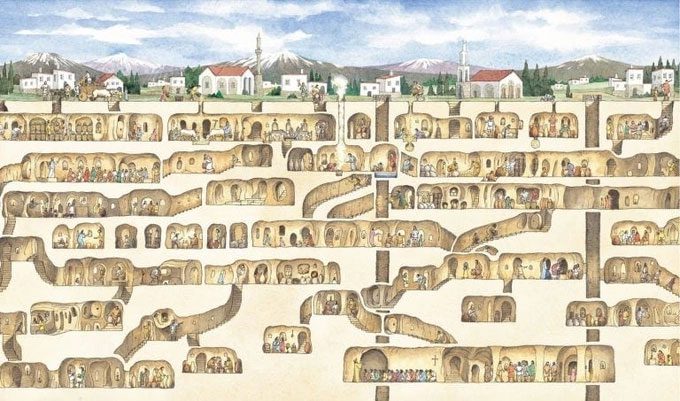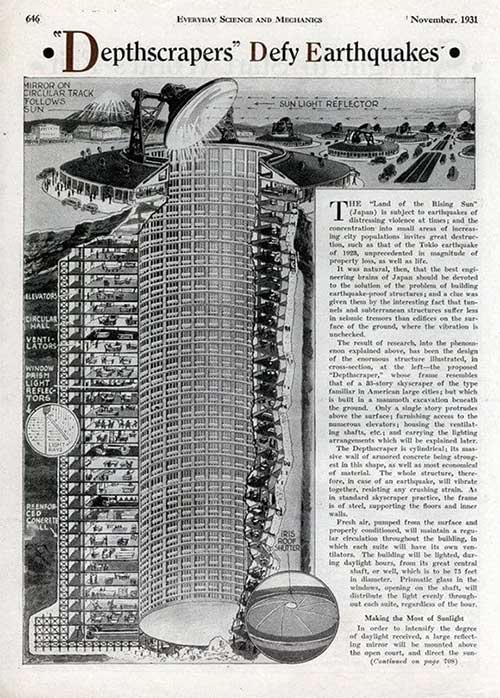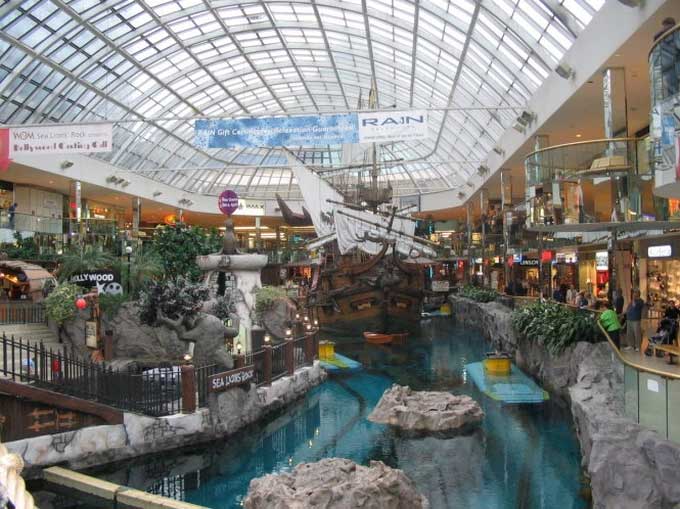Is Living Underground a Viable Solution to the Impending Climate Crisis?
According to the European Union’s Copernicus Climate Change Service, July 2023 was the hottest month on record for Earth, breaking numerous records.

Underground Museum in Coober Pedy. (Photo: Getty).
With scorching heat, we are finally realizing the terrible consequences of fossil fuel overuse and greenhouse gas emissions, which are altering the environment and exacerbating all conditions.
As scientists prepare for the next scenarios to combat climate change, one idea has emerged.
It seems that it may be time for humanity to consider adapting to different living environments, such as underground.
Surrounded by a mass of earth and rock that can absorb and retain heat, the underground environment can maintain a much more stable temperature compared to the surface, without relying on energy-intensive heating or cooling systems.
However, is this a viable solution to cope with the impending climate crisis?
Many Issues to Address
While most people might be willing to live underground for a short period, the idea of permanent life down there seems harder to accept.
“We don’t belong there. Biologically, physiologically, our bodies are not designed for life underground,” stated Will Hunt, author of a book on the underground world.

Can humans live in underground cities? (Photo: Wikipedia).
In fact, humans living underground for extended periods without exposure to sunlight can disrupt their circadian rhythms, leading to sleep durations that can extend up to 30 hours at a time.
Moreover, this can result in a range of health and psychological issues.
Another risk of underground living is flash floods, leading to landslides. This is particularly concerning as climate change promises to bring about more extreme weather phenomena.
Returning to the factor of temperature. A study in the Chicago Loop showed that underground temperatures have significantly risen since the 1950s due to many heat-generating infrastructures built in the area, such as parking lots, trains, and basements.
Clearly, underground temperatures are also affected by what happens on the surface, so we are not necessarily safe by choosing this as a new shelter.
Some studies also suggest that rising temperatures could cause the Earth to expand by up to 12 mm, potentially causing structural damage to underground facilities.
How to Build an Ideal Underground City?

The concept of an earthscraper, the reverse design of skyscrapers. (Photo: Wikipedia).
We use the term “skyscraper” to refer to tall buildings. But what if we flipped these buildings upside down and placed them underground? We would have a new concept called “earthscraper.”
In fact, this model has existed for a long time. Prehistoric humans lived in caves that were hundreds of meters deep underground before they began constructing the first huts above ground.
In the book “Civilizaciones bajo tierra” published in 2017, author Juan José Revenga discusses the underground city of Derinkuyu, which has about 20 underground levels, providing housing for hundreds of people.
According to Ferrovial, the reason no one has built similar structures to date is not that we cannot, but rather that there has not been a practical demand for them.
Nevertheless, a paper titled “Assessment of Underground Structures for Thermal Efficiency and Sustainable Development” published in 2015 highlighted the efficiency of underground cities.
Accordingly, underground structures could help create cleaner cities even when considering the impact of climate control, which accounts for nearly 40% of greenhouse gases. It seems that living underground has certain advantages.

A corner of the underground city Réso. (Photo: WordPress).
According to scientists, for the underground environment to be accepted by people, it must meet complete safety criteria, have natural light, good ventilation, and provide a sense of connection with the world above.
Réso – a 32 km long underground city in Montreal, Canada, which includes shopping centers, offices, hotels, and schools – embodies this ideal. This underground complex connects buildings so that people can avoid temperatures below 0 degrees Celsius outside.
Official statistics show that the network beneath Réso includes 10 subway stations, 2 bus terminals, 1,200 offices, about 2,000 stores, department stores, approximately 1,600 residential units, 200 restaurants, 40 banks, cinemas, and various other entertainment venues.
In 2023, climate change has made some regions of Iran, Pakistan, and India dangerously hot for human life.
If our planet continues to “boil,” who knows, in a few years, humanity might seriously consider building underground urban areas instead of skyscrapers?





















































